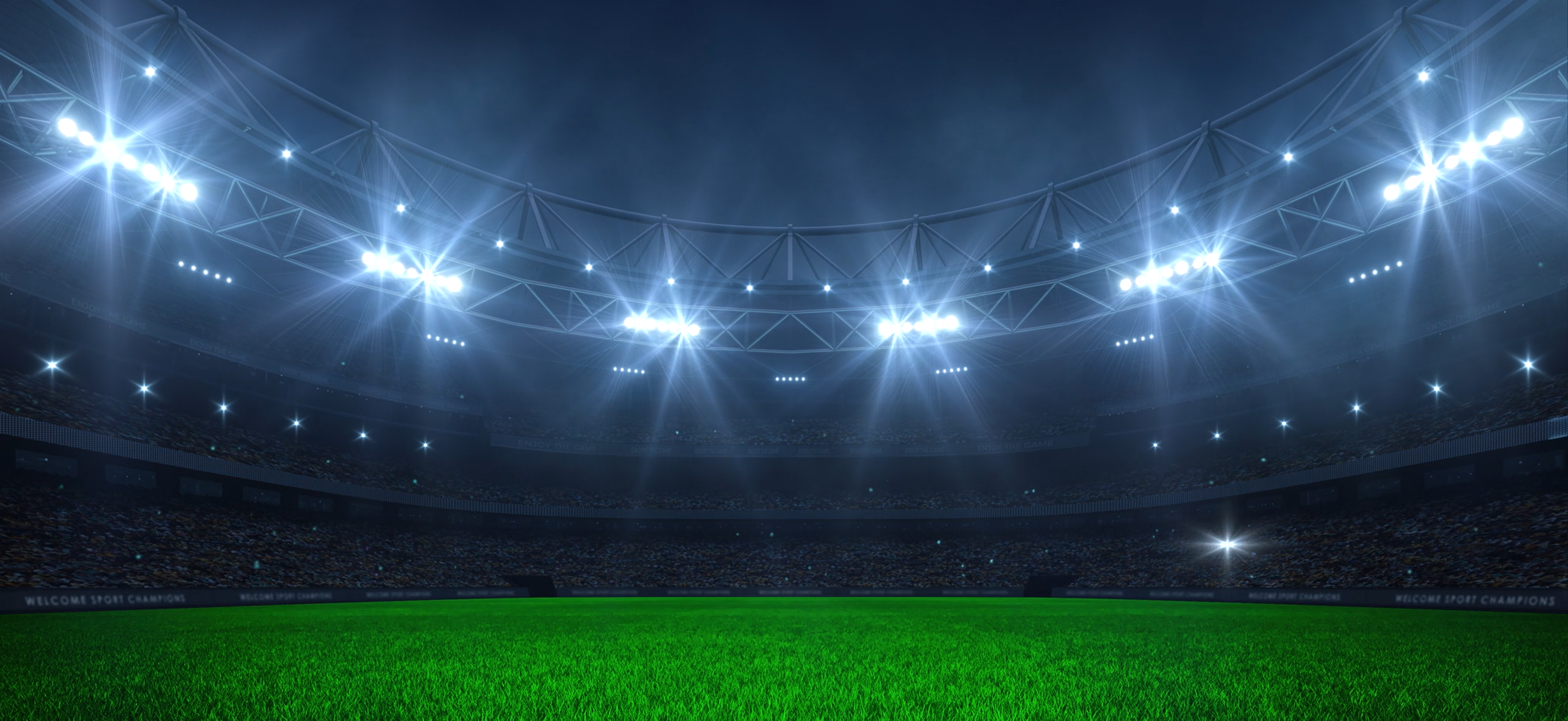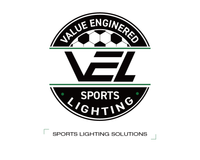888-668-1195
Applications
Specifications
Specifications
Football Stadium

Football stadium lighting overview
Football stadium lighting is designed to ensure optimal visibility and safety for players, fans, and broadcasters. Modern systems, often utilizing LED technology, prioritize brightness, uniformity, and energy efficiency.
Key metrics and standards
- Illuminance: Measured in lux or foot-candles, this quantifies the amount of light falling on the field. Required levels vary by competition level:
- Recreational: 200 lux
- Semi-professional: 500 lux
- Professional (Non-Televised): 100 foot-candles (approx. 1076 lux)
- Professional (Televised - UEFA Elite Level A): 1500-2000 lux (average horizontal illuminance)
- Professional (Televised - NFL): Minimum 100 foot-candles (approx. 1076 lux) towards sideline cameras
- Uniformity Ratio: Compares the brightest and darkest areas on the field, with a lower ratio indicating more even lighting.
-
- Professional: 0.7 or higher
- Amateur: 0.5:1
- Glare Control: Glare rating (GR) measures visual discomfort from excessive brightness. Football fields should aim for a GR below 50.
- Color Rendering Index (CRI): Measures how accurately a light source reveals colors compared to natural daylight. A CRI of 80 or higher is recommended for televised events.
Fixture and design considerations:
- Fixture Placement: Strategic placement, typically with pole-mounted and/or roof-mounted fixtures, minimizes shadows and ensures even coverage.
- Pole Height: Varies based on field size and lighting requirements, ranging from 70-120 feet for professional fields.
- Beam Angle: A combination of narrow and wide beam fixtures may be used to achieve optimal illumination across the field.
- Color Temperature: A range of 5000K-6200K is typically used to create a clear and vibrant atmosphere.
-
Benefits of LED lighting
- Energy Efficiency: LEDs convert electrical energy into light with high efficiency (80-90%), leading to significant energy savings (up to 75% compared to traditional lights).
- Longevity: LEDs have a lifespan of up to 100,000 hours or more, reducing replacement frequency and maintenance costs.
- Improved Light Quality: LEDs provide bright, uniform illumination with accurate color rendering, enhancing player performance and spectator experience.
- Dynamic Control: Modern LED systems allow for advanced control, including dimming, zoning, and color changes to create interactive lighting effects and enhance the atmosphere.
